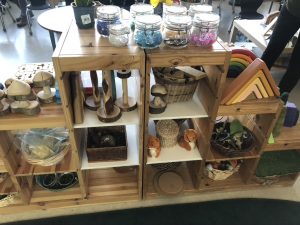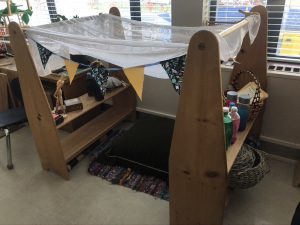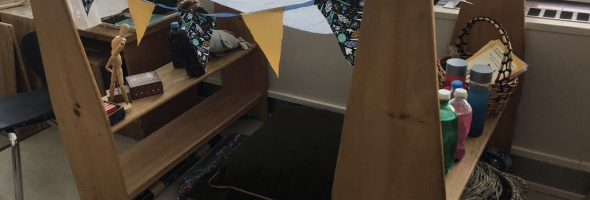Hey Bloggers!
Today I was lucky enough to visit Rebecca Bathurst-Hunt’s beautiful classroom. It was beyond ‘classroom goals’! I loved how her classroom felt, it was so calming. I also appreciated how she filled the room with natural materials as well as student work, very refreshing to see.

Rebecca is best known for her inquiry-based learning, which is something I find both fascinating and overwhelming. I love that students are able to learn about topics that interest them, but prior to visiting her I didn’t have a great understanding of how to approach inquiry-based learning with the primary grades. I feel with intermediate and middle school students its less overwhelming as they are more independent, however, Rebecca showed us a great diagram showing the scaffolding of inquiry learning. There are four steps of inquiry learning. It begins with a structured approach where the teacher gives a topic and chooses the questions students will research. The next step is having students chose from a selection of topics while answering provided questions. If I remember correctly, the next progression is having students chose their topic but answer prescribed questions. Lastly, students are able to chose their topic and inquiry questions. When this was shown to us, I was able to see understand how to use these steps according to the grade level and classrooms level.

The inquiry knowledge that struck me most was when Rebecca shared with us how easily inquiry can be included in every lesson. She recommends starting each lesson or new unit with provocations. This to me was daunting because truthfully, there are millions of questions I could ask students, but how do I ask them in a thought-provoking way? Rebecca finds that she has 3 go to provocations that I plan on using in my future classroom. The questions she uses are: “what do you see?”, “what do you know?/what connections can you make?”, “what do you wonder?”. These are simple questions that can be made suitable for any grade level.

